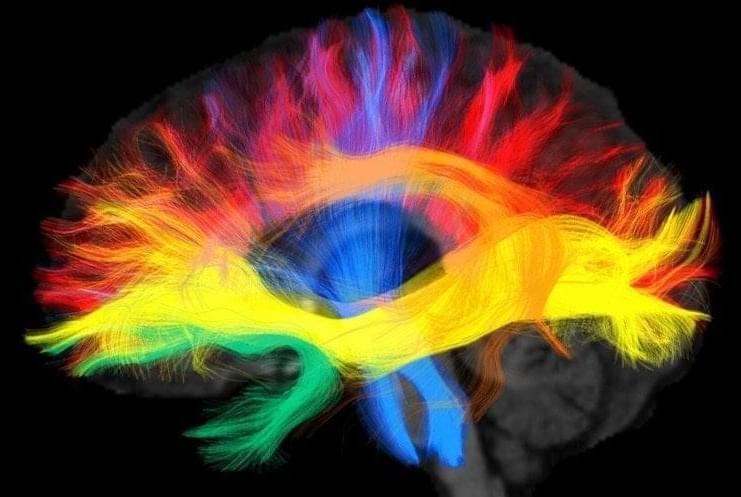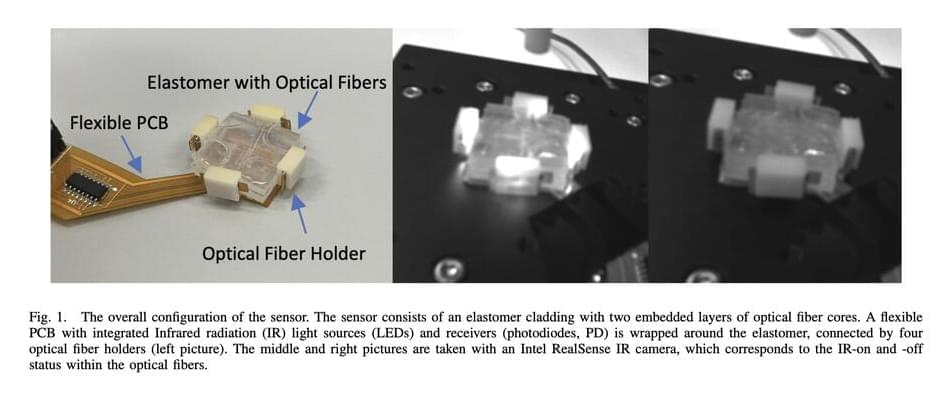Summary: Our native language may affect the way in which our brains are wired and underlie the way we think, a new study reports. Using neuroimaging to analyze neural connectivity in native German and native Arabic speakers, researchers found stronger connectivity between the right and left hemispheres in Arabic speakers, and stronger connectivity in the left hemisphere language area in German speakers.
Source: Max Planck Institute.
Scientists at the Max Planck Institute for Human Cognitive and Brain Sciences in Leipzig have found evidence that the language we speak shapes the connectivity in our brains that may underlie the way we think.








